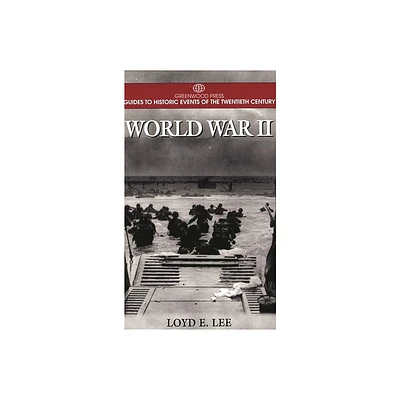Home
Nightstalkers: the Wright Project and 868th Bomb Squadron World War II
Loading Inventory...
Barnes and Noble
Nightstalkers: the Wright Project and 868th Bomb Squadron World War II
Current price: $24.99


Barnes and Noble
Nightstalkers: the Wright Project and 868th Bomb Squadron World War II
Current price: $24.99
Loading Inventory...
Size: Audiobook
*Product Information may vary - to confirm product availability, pricing, and additional information please contact Barnes and Noble
"Lawless’ engaging and descriptive approach takes the reader into the Pacific war and offers a front-row seat to the exploits of the Wright Project and their highly innovative technology." — War History Network
In August 1943, a highly classified US Army Air Force unit, code-named the “Wright Project,” departed Langley Field for Guadalcanal in the South Pacific to join the fight against the Empire of Japan. Operating independently, under sealed orders drafted at the highest levels of Army Air Force, the Wright Project was unique, both in terms of the war-fighting capabilities provided by classified systems the ten B-24 Liberators of this small group of airmen brought to the war, and in the success these “crash-built” technologies allowed. The Wright airmen would fly only at night, usually as lone hunters of enemy ships. In so doing they would pave the way for the United States to enter and dominate a new dimension of war in the air for generations to come.
This is their story, from humble beginnings at MIT’s Radiation Lab and hunting U-boats off America’s eastern shore, through to the campaigns of the war in the Pacific in their two-year march toward Tokyo. The Wright Project would prove itself to be a combat leader many times over and an outstanding technology innovator, evolving to become the 868th Bomb Squadron. Along the way the unit would be embraced by unique personalities and the dynamic leadership, from Army Air Force General Hap Arnold through combat commanders who flew the missions.
In this account, the reader will meet radar warfare pioneers and squadron leaders who were never satisfied that they had pushed the men, the aircraft, and the technologies to the full limit of their possibilities. Comprehensive and highly personal, this story can now be revealed for the very first time, based on official sources, and interviews with the young men who flew into the night.
In August 1943, a highly classified US Army Air Force unit, code-named the “Wright Project,” departed Langley Field for Guadalcanal in the South Pacific to join the fight against the Empire of Japan. Operating independently, under sealed orders drafted at the highest levels of Army Air Force, the Wright Project was unique, both in terms of the war-fighting capabilities provided by classified systems the ten B-24 Liberators of this small group of airmen brought to the war, and in the success these “crash-built” technologies allowed. The Wright airmen would fly only at night, usually as lone hunters of enemy ships. In so doing they would pave the way for the United States to enter and dominate a new dimension of war in the air for generations to come.
This is their story, from humble beginnings at MIT’s Radiation Lab and hunting U-boats off America’s eastern shore, through to the campaigns of the war in the Pacific in their two-year march toward Tokyo. The Wright Project would prove itself to be a combat leader many times over and an outstanding technology innovator, evolving to become the 868th Bomb Squadron. Along the way the unit would be embraced by unique personalities and the dynamic leadership, from Army Air Force General Hap Arnold through combat commanders who flew the missions.
In this account, the reader will meet radar warfare pioneers and squadron leaders who were never satisfied that they had pushed the men, the aircraft, and the technologies to the full limit of their possibilities. Comprehensive and highly personal, this story can now be revealed for the very first time, based on official sources, and interviews with the young men who flew into the night.


















